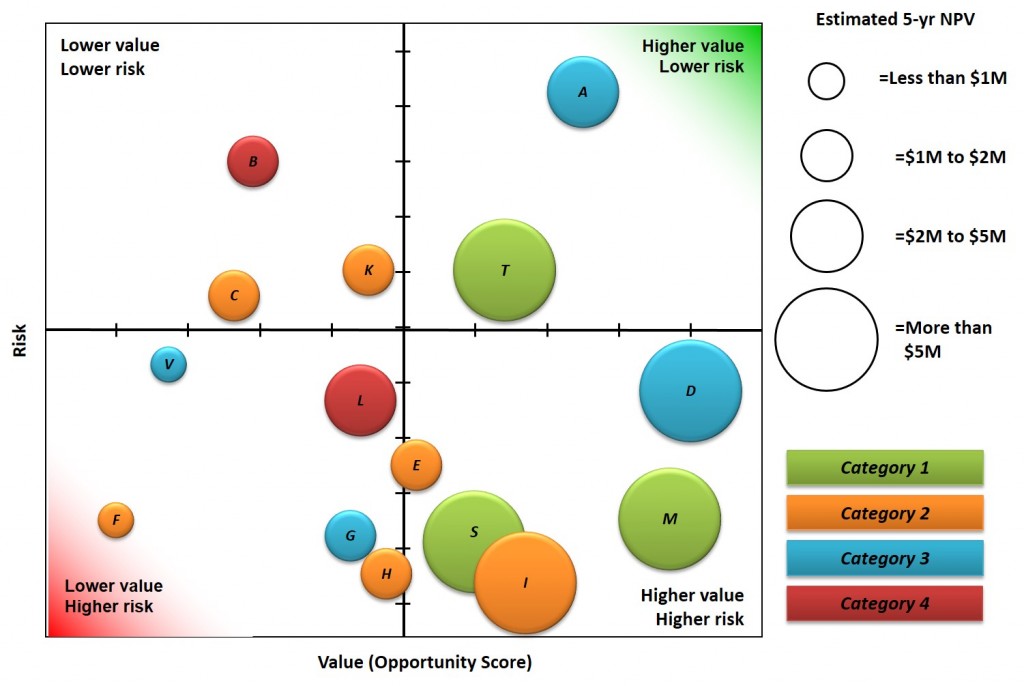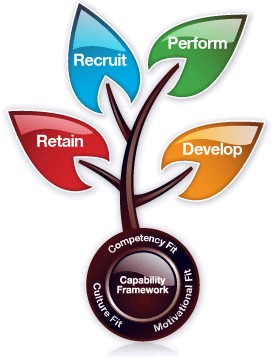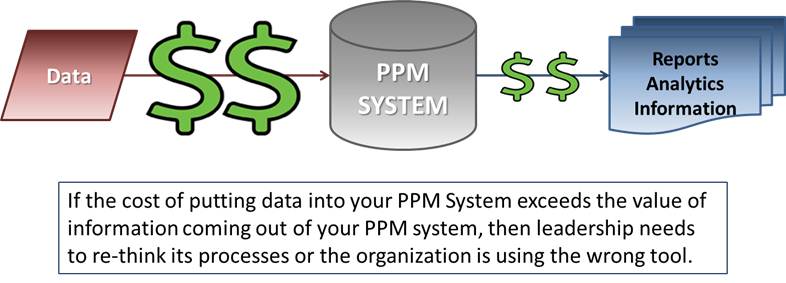The Potential for Social Collaboration
Innovation is a hot topic in business right now with an ever growing need for companies to deliver better products and services. A key ingredient for fostering innovation is enterprise collaboration. Until a few years ago, collaboration was often limited to smaller teams, but this could introduce a higher risk of duplicative efforts occurring simultaneously in larger companies. With the development of enterprise social networks (ESN’s) comes improved collaboration to include all employees across all organizations thus significantly increasing innovation and quality across the company.
The promise of enterprise social collaboration comes from the power of the network with the ability to tap into the collective brain trust of the organization. The potential payoff for corporations is enormous as indicated by a 2012 McKinsey report identifying a potential for over $1 trillion in new business value to be created annually through the use of enterprise social networks (e.g. improved product development, work efficiencies, etc.)

The 4 C’s of Social Project and Portfolio Management
In the context of project and portfolio management, social tools impact employee connection, communication, collaboration, and community (also known as the 4 C’s).
-
Connection
The power of the network begins with having the right connections in the organization. Social tools enable employees to connect with a broader group of colleagues than would otherwise occur in day to day work. User profiles provide additional detail around work history, education, and other personal information that foster stronger connections on a professional and personal level. Project managers with a larger number of connections have a greater pool of resources to choose from when building out their project team as well as quickly identify subject matter experts to assist in critical phases of work.
A good project portfolio social platform can also alert users of other people who have managed similar risks and issues, or have worked on similar product lines or IT systems. By making these types of connections, project managers can reach out to the right people at the right time for help and leverage proven solutions rather than losing time developing a duplicate solution that already existed.
-
Communication
Email is still the predominant form of business communication (per Email Statistics Report, Radicati) with over 100 billion business emails sent each day. Tremendous amounts of business knowledge is trapped in the inboxes of employees and is not searchable by other knowledge workers who would benefit from accessing those key conversations. Alternatively, conversations, discussions, and answers to questions within social platforms become searchable content that is continually being enriched by the users of the social platform. Project teams can proactively search for new information to discover other teams that have encountered similar challenges, learn how they solved problems, and re-use successful solutions. This fosters further communication and improves project delivery and quality.
-
Collaboration
One of the promises of enterprise social networks is the ability for a broader group of people to work collaboratively within and across project teams. At the portfolio level, the quality of new project proposals increases substantially when employees can collaborate (“crowdsource”) on new ideas; great ideas can generate a lot of traction and be improved even before reaching a governance committee. At the project level, team members have greater visibility of work in progress and can comment on deliverables and other project work. These comments are made visible to other team members who can further build upon those comments to improve the overall quality of the work.
-
Community
In addition to improving communication and collaboration at the project level, social communities can spring up around areas of common interest where participants can ask questions, share ideas and learn from one another. This further strengthens connections, communication, and collaboration. One example is a project management community of practice that can promote project management best practices across an enterprise. This not only uplifts the quality of project management within the company but creates a way for senior project managers to share valuable experience with younger project managers, who in turn, have more opportunities to develop and grow in their profession.
Challenges to Social Collaboration
The top two challenges to successfully establishing social collaboration are developing a collaborative culture and sufficient leadership engagement with social tools. In actuality, senior leadership is responsible for both.
Large scale social collaboration cannot and will not occur without an organizational culture of collaboration. Unless senior leadership fosters a culture of collaboration, most employees will be too focused on their day to day work to devote any attention to collaboration. Without this culture, there won’t be any true incentive to collaborate and any encouragement to use social collaboration tools will feel like a tax on people’s time to switch back and forth between traditional email and new social tools.
Additionally, senior leadership cannot merely sponsor a social collaboration initiative; rather, they need to lead by example to use the tools, which will have a powerful effect on the organization. When senior leadership demonstrates greater transparency and communication through the use of social tools, the rest of the organization will follow suit.
My Perspective
Changing an organization’s culture and the behavior of senior leadership are both very difficult. Only a concerted effort of organizational change management can redirect a company toward collaboration. Such change must be of high enough priority that it affects the daily behavior of senior leadership to embrace enterprise social networks. Based on Dr. John Kotter’s change model, senior leaders need to establish a sense of urgency around social collaboration. There must be a powerful guiding coalition to create a shared vision and communicate it across the organization. Then, both leaders and employees must act on the vision and rally around demonstrative, short-term wins.
The Bottom Line
Enterprise social networks have tremendous potential to improve project and portfolio management effectiveness—but only when the company possesses a culture of collaboration. Senior leadership is uniquely responsible for ensuring that such a culture exists before implementing social collaboration tools and must lead by example to improve adoption. With strong leadership and a collaborative culture, your organization can reap the many benefits of social collaboration in the context of project and portfolio management. This will result in a smarter and healthier company.




